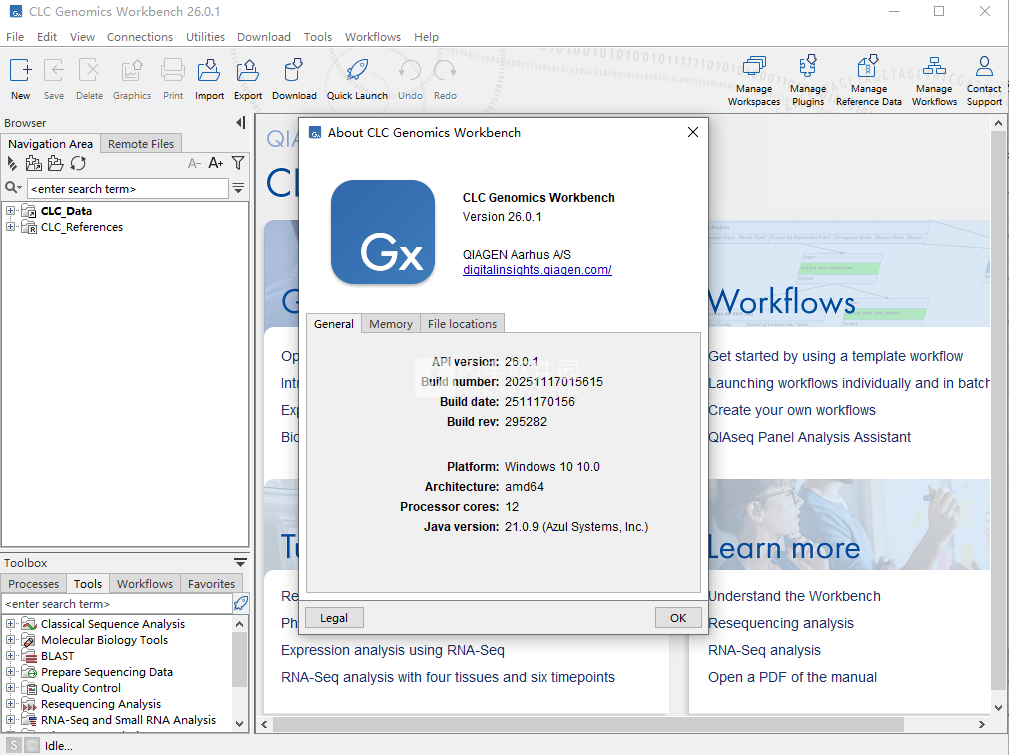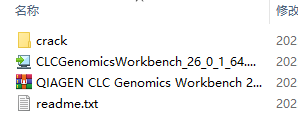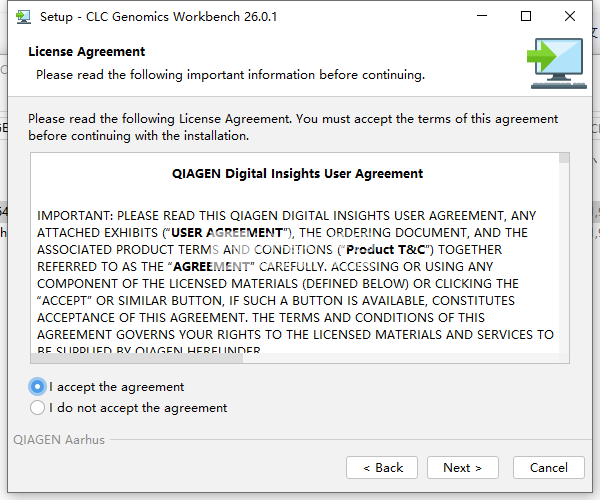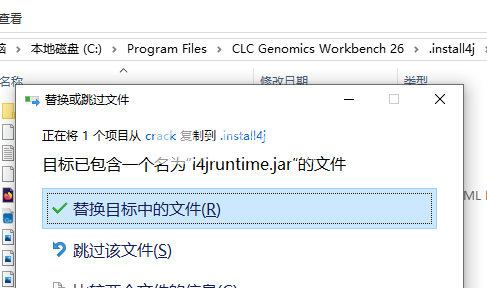CLC Genomics Workbench是一个功能强大的解决方案,适合任何物种、任何平台、任何工作流程的NGS数据分析!用于分析,比较和可视化下一代测序数据,具有直观和用户友好界面的跨平台桌面应用程序,融合了最先进的技术和算法。包括基因组学,转录组学和表观基因组学的众多功能,支持所有主要的下一代测序平台,使用QIAGEN CLC Genomics Workbench 扩展您的研究,现在具有Sanger测序工作流程,性能增强,长读RNA测序分析,单元型调用者*和HID面板支持*的功能。提供一整套包括微生物和宏基因组学,单细胞分析或小基因组处理的功能,欢迎有需要的朋友不要错过了!


功能特色
1、使用Cloud插件从Illumina BaseSpace或Amazon S3中导入数据。
建立端到端的桑格测序工作流程,从跟踪数据到共识对齐。桑格程序集现在也可以通过读取包装来可视化。
根据元数据或批处理标识符自动命名工作流输出。
2、使用工作流进行分析
对于涉及到几种算法工具的管道的更复杂的数据分析,请查看我们的工作流系统。有了工作流,您就可以链接并配置单个的工具,这样就可以轻松且可重复地启动完整的分析。
工作流可以很容易地共享,您可以选择在启动工作流时可以调整哪些参数,以及应该为所有运行锁定哪些参数的特定值。
3、工具——工作台的核心
这个工具箱形成了CLC Genomics工作台的核心。工具箱菜单下有各种各样的工具,重点关注NGS数据分析。大多数工具都提供了可以配置的选项,因此您可以调整分析以满足您的目的。
4、管理参考文献
参考数据管理器帮助您下载最常见的参考生物和数据库的最新版本。
所有参考资料要么直接从公共资源下载,如Ensembl,或由我们在QIAGEN Digital Insights策划,以完全符合我们的随时可用的工作流程的需求。
5、更智能地使用元数据
在工作台中使用元数据以一种方便的方式组织示例和结果,并享受它的多功能性。使用元数据查找对象,在批处理中定义输入的分组,在工作流中引导样本到不同的路径(例如在肿瘤-正常或三重研究中),或在RNA-Seq的统计分析和可视化中。你所需要的只是一个Excel电子表格。
6、高级配料制作简单
你的研究可能会提供很多样本,但我们会支持你的分析。工作流使分析大量批次变得容易,即使涉及到许多工具,并且生成了许多样品的结果。
您可以用任意数量的输入来批处理一个工作流:只需在输入选择步骤的“批处理”框中选中您希望批处理的每个输入选择。
对于跨示例分析,您现在可以在单个工作流中批处理和聚合。只需将批处理部分包含在“Iterate”和“Collect and Distribute”元素之间。
安装激活教程
1、在本站下载并解压,如图所示


2、双击CLCGenomicsWorkbench运行安装,勾选我接受协议

3、选择软件安装路径

4、安装完成,不要启动程序,退出向导,将crack中的文件复制到安装目录中,替换C:\Program Files\CLC Genomics Workbench 26\.install4j\


3、选择软件安装路径

4、安装完成,不要启动程序,退出向导,将crack中的文件复制到安装目录中,替换C:\Program Files\CLC Genomics Workbench 26\.install4j\

闪电小编说明:
生物医学基因组学分析软件,提供完整的功能,用户友好的生物信息学软件解决方案可以全面分析您的NGS数据,包括全基因组和转录组从头组装,靶向重测序分析,变体调用,ChIP-seq和DNA甲基化(亚硫酸氢盐测序分析)。通过用于分类学和功能性微生物组分析的工具和简化的分析工作流程,可以轻松理解复杂的宏基因组数据。支持的NGS平台包括Illumina,IonTorrent,PacBio和GeneReader。
软件无法下载?不知道解压密码?微信关注订阅号"闪电下载"获取
本帖长期更新最新版 请收藏下载!版权声明:本站提的序列号、注册码、注册机、破解补丁等均来自互联网,仅供学习交流之用,请在下载后24小时内删除。




















